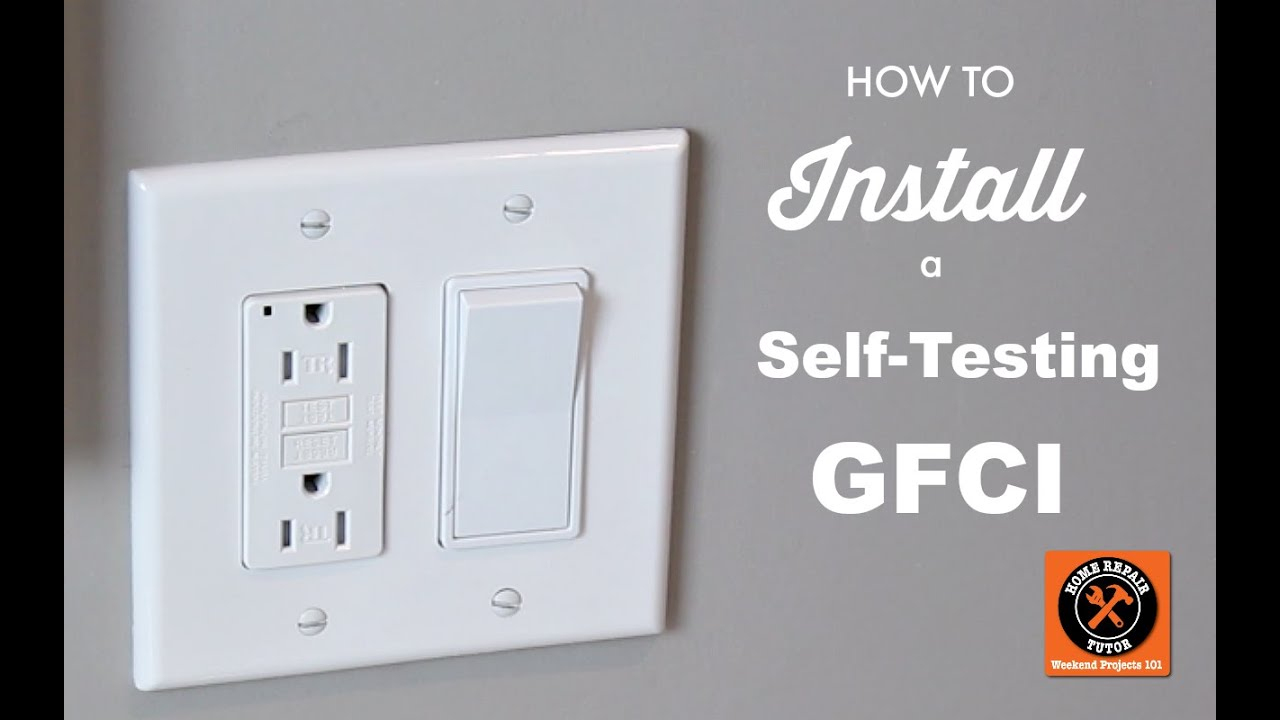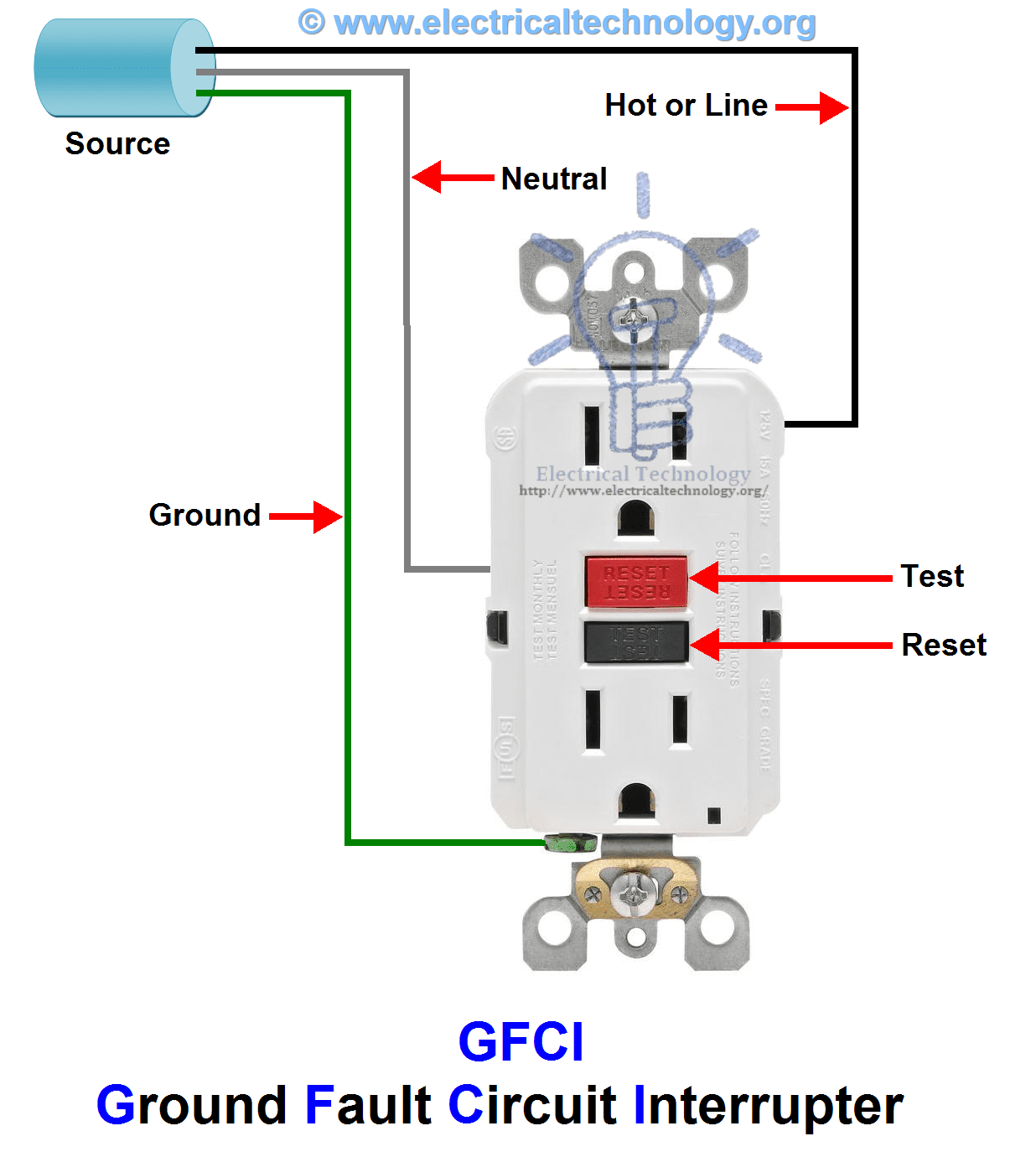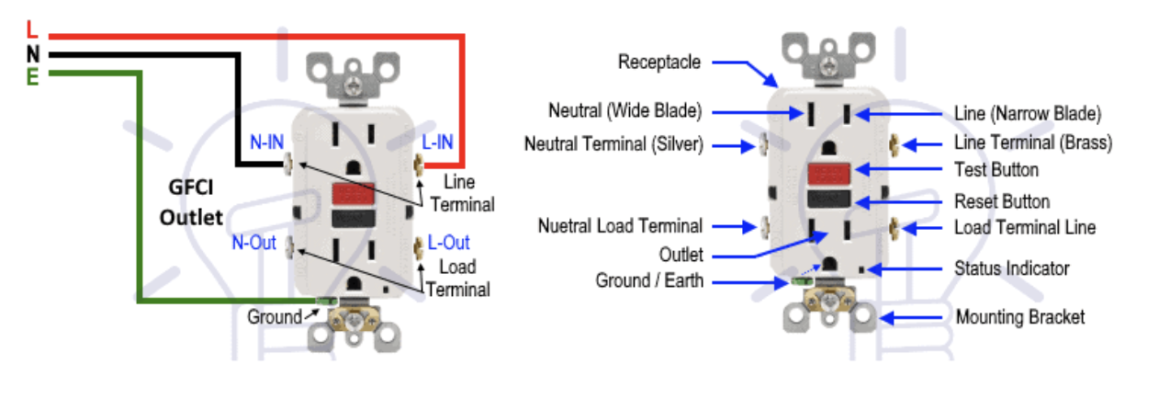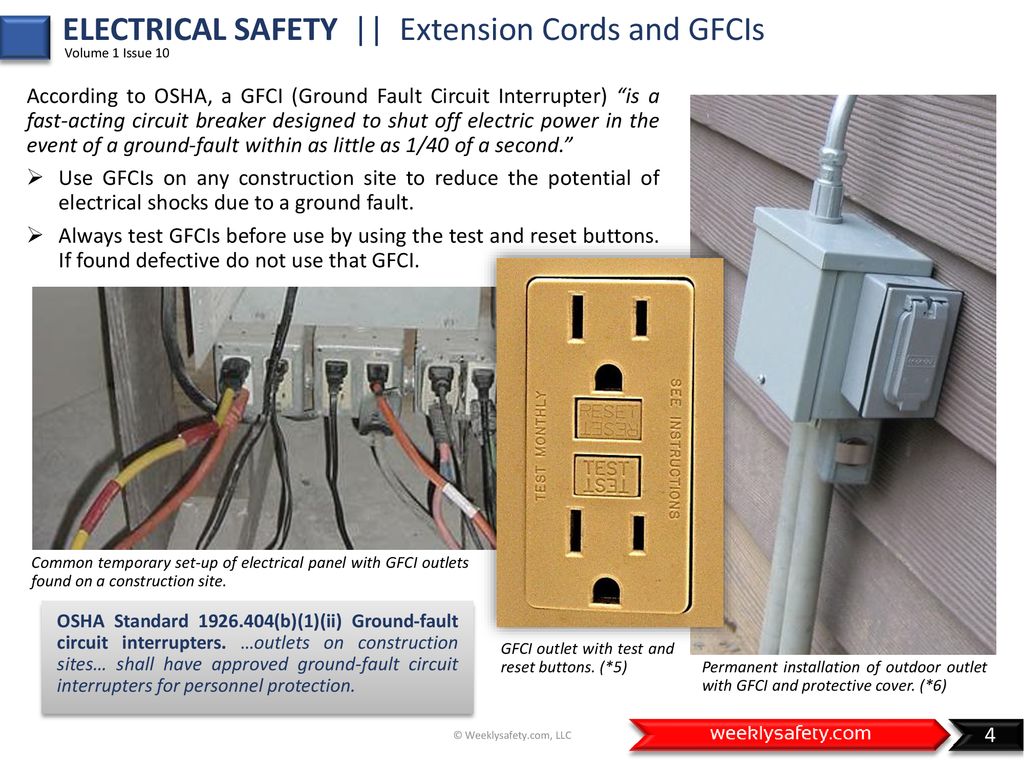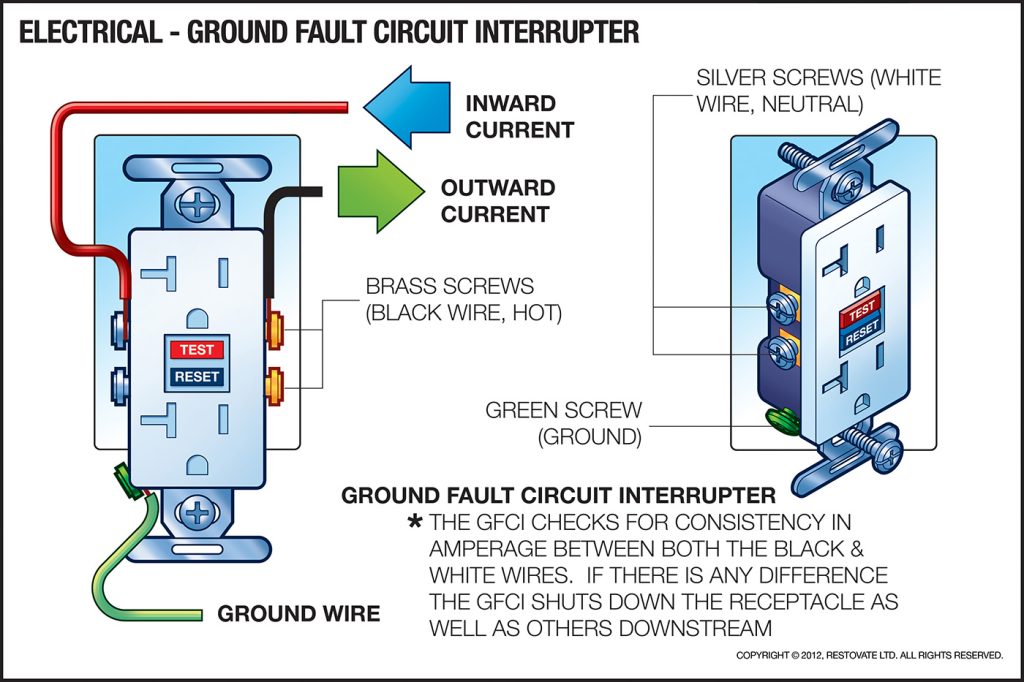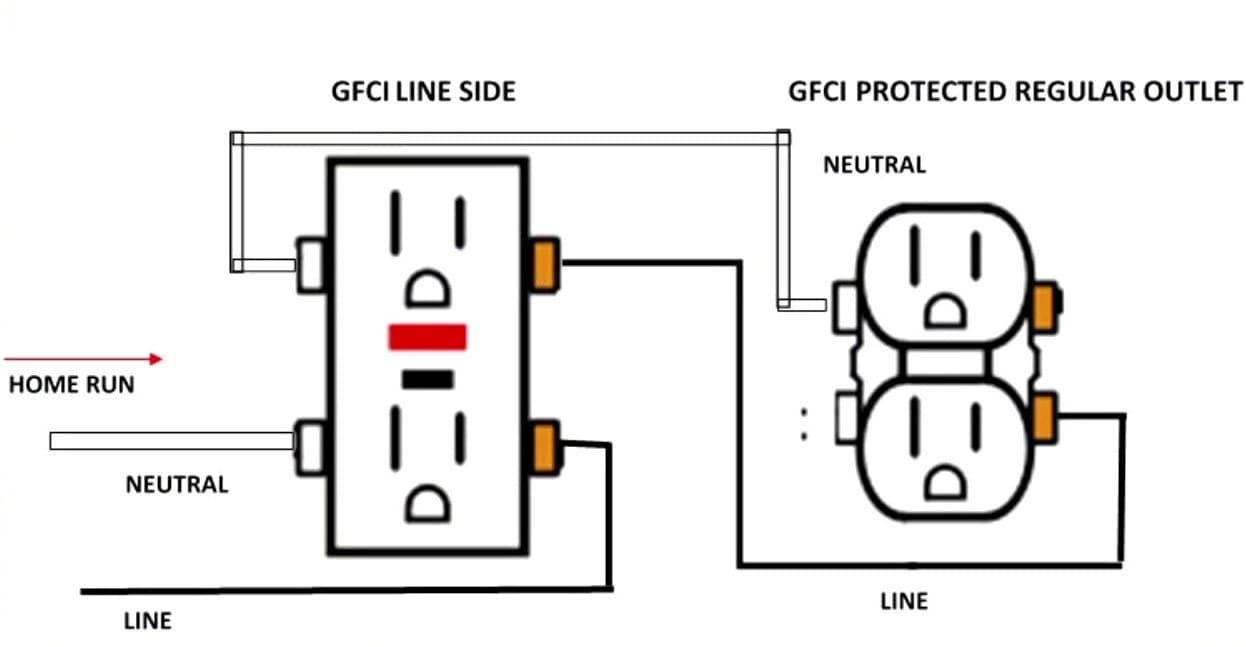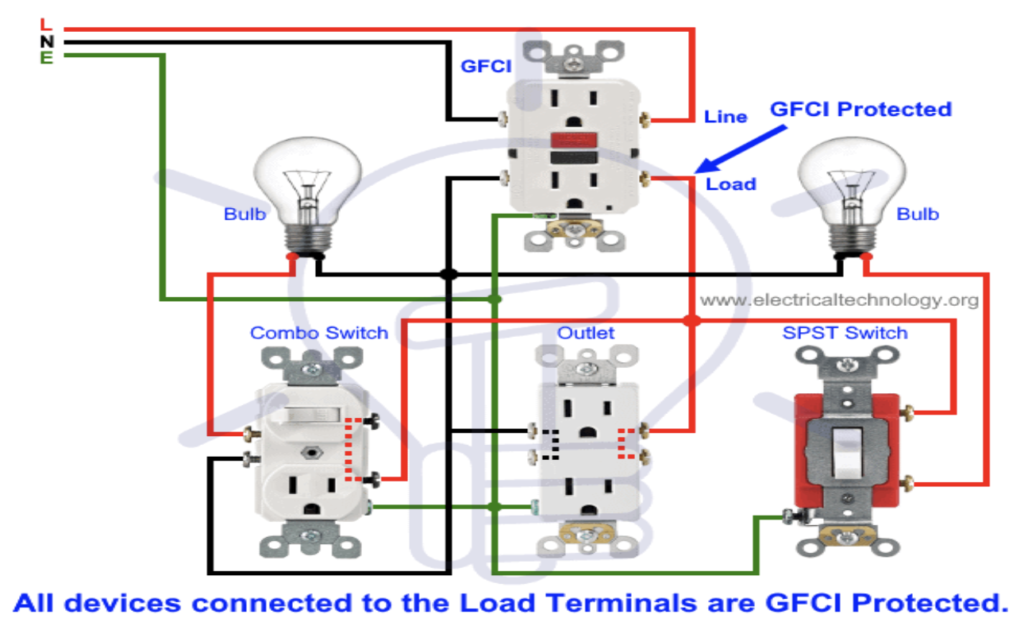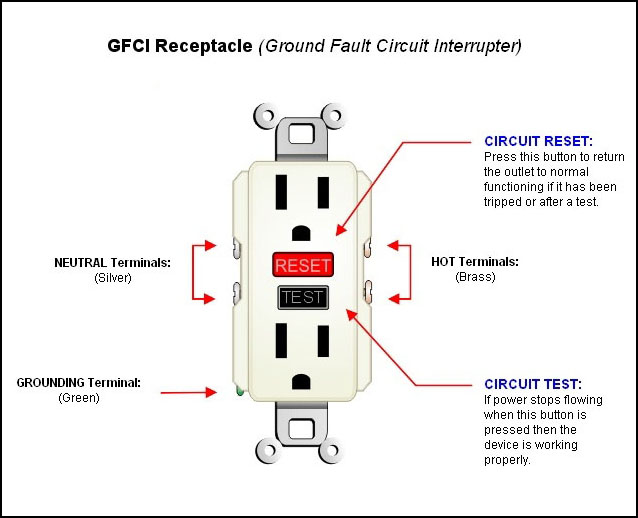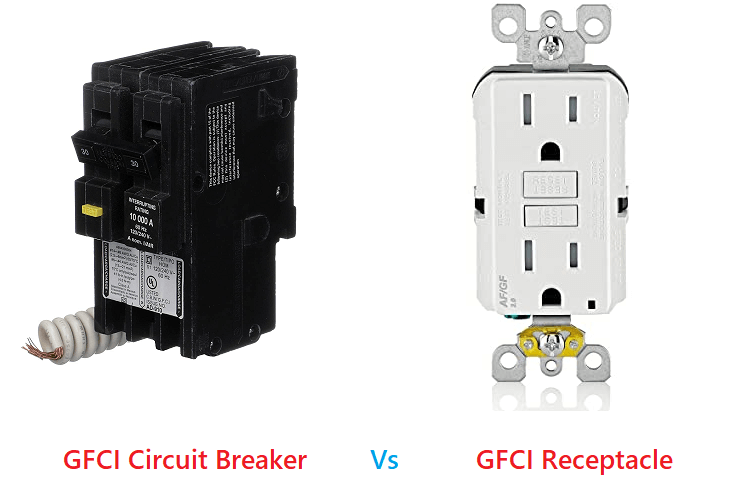Where Are The Gfci Outlets Usually Located
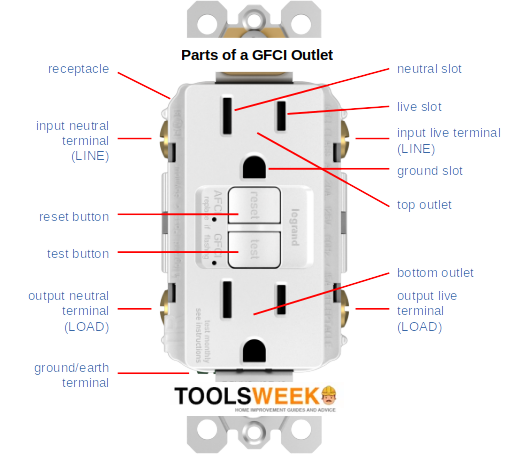
Every year, hundreds of preventable electrocutions and injuries occur in American homes. While seemingly innocuous, electrical outlets, especially in damp locations, pose a significant risk. Ground Fault Circuit Interrupter (GFCI) outlets play a crucial role in preventing these tragedies, but understanding where they are typically located is paramount to ensuring safety.
This article will delve into the standard locations for GFCI outlets in residential and commercial buildings. It will explain the rationale behind these placements and offer guidance on identifying and testing these life-saving devices.
What are GFCI Outlets and Why Do They Matter?
A GFCI outlet is a specialized type of electrical receptacle designed to protect against electric shock. Unlike standard outlets, a GFCI constantly monitors the flow of electricity traveling to and from an appliance.
If it detects an imbalance, indicating that current is leaking to ground (possibly through a person), it instantly cuts off the power, often in a fraction of a second.
This rapid response can prevent serious injury or death from electrical shock. The National Electrical Code (NEC) mandates the use of GFCIs in specific locations to enhance safety.
Key Locations for GFCI Outlets
The NEC provides a comprehensive list of locations where GFCI protection is required. These areas are typically those prone to moisture or where a person is likely to be in contact with a grounded surface while using an electrical appliance.
Bathrooms
Bathrooms are arguably the most common location for GFCI outlets. The presence of water from sinks, showers, and tubs significantly increases the risk of electrical shock.
Therefore, all receptacles within a bathroom should be GFCI protected.
This includes outlets near the sink, vanity, and even those powering lighting fixtures directly above the shower (if a receptacle is present).
Kitchens
Kitchens, similar to bathrooms, present a high risk of electrical shock due to the presence of water and conductive surfaces. The NEC requires GFCI protection for all receptacles serving kitchen countertops.
This includes outlets along the backsplash and those on kitchen islands.
Outlets that serve appliances like dishwashers or refrigerators might also require GFCI protection, depending on local codes and the specifics of the installation.
Outdoor Areas
Any outdoor receptacle should be GFCI protected. Exposure to rain, snow, and damp ground makes outdoor outlets particularly hazardous.
This includes outlets on patios, decks, porches, and in gardens.
Outlets that supply power to pool equipment, such as pumps and filters, require GFCI protection to prevent potentially deadly electric shocks in and around the water.
Garages and Unfinished Basements
Garages, especially those with concrete floors, are common locations for GFCI outlets. The NEC mandates GFCI protection for receptacles in garages, with certain exceptions for dedicated circuits powering specific appliances.
Unfinished basements also require GFCI protection, particularly in areas where there's a high risk of moisture or contact with conductive surfaces.
This includes outlets near laundry tubs, washing machines, and in damp areas.
Laundry Areas
Outlets located within laundry areas, due to potential water exposure from washing machines and sinks, also warrant GFCI protection.
This ensures safety when handling electrical appliances near water sources.
Near Sinks
Besides kitchens and bathrooms, any receptacle located within a certain distance of a sink (usually 6 feet) should be GFCI protected. This applies to utility sinks, wet bars, and similar installations.
Crawl Spaces
Crawl spaces at or below grade level require GFCI protection for all receptacles.
These spaces often have moisture and limited accessibility, increasing the risk of electric shock.
Identifying and Testing GFCI Outlets
GFCI outlets are easily identifiable by their TEST and RESET buttons located on the face of the receptacle.
Regular testing is crucial to ensure that the GFCI is functioning correctly. To test a GFCI outlet, simply press the TEST button. If the GFCI is working, it should trip, and the RESET button will pop out.
To restore power, press the RESET button. If the GFCI fails to trip when tested or doesn't reset properly, it may be faulty and should be replaced by a qualified electrician.
Beyond Outlets: GFCI Circuit Breakers
In some cases, GFCI protection is provided by a GFCI circuit breaker installed in the electrical panel. These breakers protect entire circuits, not just individual outlets.
A GFCI circuit breaker also has TEST and RESET buttons similar to those found on GFCI outlets.
They offer a comprehensive solution for GFCI protection, especially in older homes where replacing every outlet might be impractical.
Evolving Standards and Future Trends
The NEC is updated periodically to reflect advancements in safety technology and address emerging electrical hazards. As technology evolves, the requirements for GFCI protection may expand to cover additional locations and applications.
For example, advancements in arc-fault circuit interrupters (AFCIs) are increasingly being integrated with GFCI protection to provide a more comprehensive safety solution. Always consult with a licensed electrician to ensure compliance with the latest local codes and regulations.
Staying informed about these changes and proactively implementing safety measures is essential for preventing electrical accidents and protecting lives.
Conclusion
Understanding the typical locations for GFCI outlets and the importance of regular testing can significantly reduce the risk of electrical shock. By ensuring that GFCIs are properly installed and maintained in vulnerable areas, homeowners and businesses can create a safer environment for everyone.
Prioritizing electrical safety is a responsibility we all share, and GFCIs are a vital component in this endeavor. Remember to consult with a qualified electrician for any electrical work or if you have concerns about the safety of your electrical system.
Regularly check your GFCI outlets and circuit breakers; your safety, and perhaps your life, depends on it.

